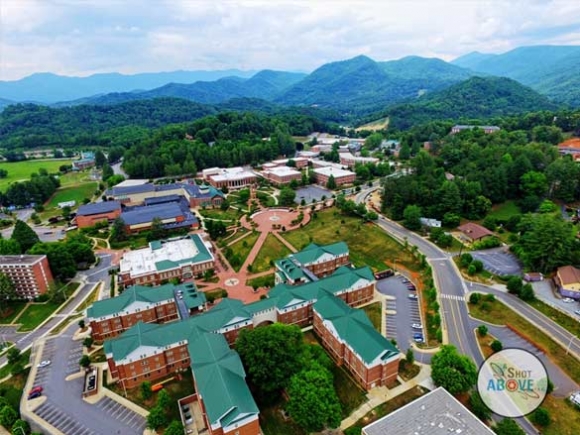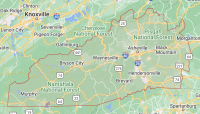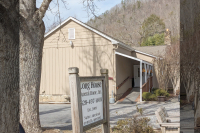Dicks Creek Fire could become outdoor classroom for WCU

When the wildfires burning across Western North Carolina are extinguished, Western Carolina University faculty will likely be eying their footprints for outdoor classrooms.
A wildfire is a complex event and can produce impacts, good and bad, for a forest ecosystem, said Peter Bates, an associate professor in WCU’s Natural Resource Conservation and Management Program. The program includes classroom discussions about the effects of wildfire, but those discussions deal primarily with the results of prescribed burning — intentionally set and professionally controlled fires used as a management tool.
More data about both prescribed burns and wildfires is needed to determine how their effects differ, he said.
The closest major fire to the WCU campus is located in the Dicks Creek drainage, about 2 miles northwest of Sylva. It started on Sunday, Oct. 23, growing to more than 700 acres before being contained.
“We are in preliminary discussions with the U.S. Forest Service and brainstorming about making the Dicks Creek burn the focus of our capstone class next spring,” Bates said. “We anticipate that students might map the fire, collect baseline fire-severity data, and perhaps develop a post-fire monitoring plan.”
Wildfires tend to create a mosaic effect on a landscape, with some areas burning more completely and intensely than others. Dicks Creek is likely no exception, Bates said. The fire likely skipped some areas but burned the trees completely in others. Most areas likely fall somewhere in the middle, with a casual observer unable to tell that a fire occurred at all after three to seven years. However, the impact on the plant community will last longer than that, and charcoal from fires can stay in the soil for thousands of years.
“Based on what I’ve seen, I would expect fire effects (at the Dick’s Creek site) to range from nothing, since the fire missed some areas, to 100 percent tree mortality where the fire was most intense,” he said. “In most areas, natural forest, shrub and herbaceous regeneration will commence next spring. It would be interesting to study this pattern.”





